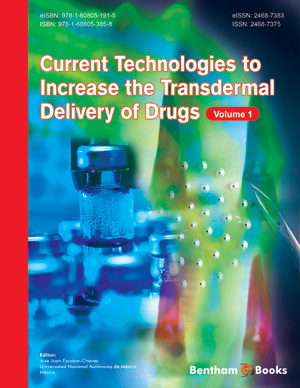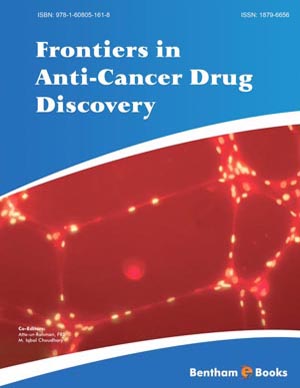Abstract
The roots of Panax ginseng C.A. Meyer, better known as ginseng, have been the most recognized herbal medicine for thousands of years in China, Korea and Japan. The major active constituents of ginseng are ginsenosides, a diverse group of steroidal saponins. More than 40 types of ginsenosides have been identified; in recent years, new ginsenosides such as ginsenoside Rp1 and Rg5 are being synthesized and characterized. Many studies have demonstrated that most of the pharmacological and therapeutic actions of ginseng in the treatment of cancers, diabetes and cardiovascular disorders, or in modulation of central nervous system and endocrine functions, are attributed to ginsenosides. This review focused on two commercially available ginsenosides - Rg3 (Rg3 Shenyi Jiaonang from China) and it metabolites Rh2 (GOOD LIFE ginsenoside Rh2 capsule from Taiwan), and their effects on the inhibition and prevention of cancers. Existing evidence shows that prolonged administration of red ginseng extracts significantly reduces the incidence of cancer. Animal studies also demonstrate that Rg3 can lower the lung cancer risk, while Rh2 exhibits a tendency of similar benefit. Biological investigations indicate that Rg3 and Rh2 inhibit tumor growth in vitro and in vivo through induction of cell death, inhibition of cell proliferation, invasion and metastasis. We also observed the anti-cancer properties of Rg3 which are related to anti-angiogenesis. Rg3 abolished in vitro tubulogenesis of endothelial cells, in vivo neo-vessels formation in the Matrigel plug model and ex vivo endothelial sprouting of rat aortic fragments. Moreover, DNA microarray analysis further elucidates that Rg3 can modulate the expression of some genes which are related to chromatin remodeling, cytoskeleton, apoptosis, protein folding and tumor suppression. On the other hand, multi-drug resistance is another major concern in cancer chemotherapy. Rg3 can compete with anticancer drugs for binding to Pglycoprotein thereby reducing the drug efflux. To this end, both of Rg3 and Rh2 exhibit promising anti-cancer and angiosuppressive abilities. However, in order to make “ginsenoside” a safe and effective modern medicine, a deeper understanding of its molecular mechanisms, animal studies and clinical evaluation are essential.
Keywords: Ginsenoside, saponin, ginseng, anti-angiogenesis.






















